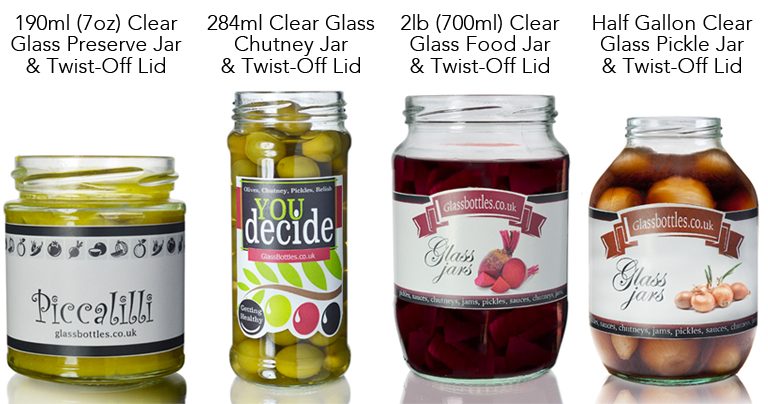
Pickling has been a popular way of preserving food for thousands of years all over the world! The history of pickles starts with humans learning how to preserve food, which has been important at every point in human evolution. First, we pickled our food so that it would last longer without spoiling, which came in very useful when we needed to feed hungry sailors on long sea voyages or save perishable food for colder winter months. Over time, pickled fruit and vegetables became a food that we actually enjoyed eating (and not just because it was the only thing available)! The acidic taste of pickled food pairs wonderfully with meat and cheeses, and pickles were so easy to prepare and store at home.
How Do You Pickle Food?
Pickling refers to the process of preserving food in a liquid brine or vinegar solution. These liquids have a pH of 4,6 or lower, which is sufficient enough to kill any bacteria that are on the food. The word ‘pickle’ is derived from the Dutch word ‘pekel’, which means brine.
It is generally thought that the process of pickling began around 4,000 years ago in India, where they used cucumbers. The most commonly pickled foods we have here on offer in the UK are pickled eggs, pickled onions and condiments such as sauerkraut (pickled cabbage). The popularity of pickling grew greatly across the world, and especially in America, during the 18th and 19th Centuries, as mass immigration spread new recipes and foods across the world. Jewish Eastern Europeans brought their pickle recipe across from places such as Poland, which became very popular in hotspots such as New York. You cannot go into a Jewish Deli in the Big Apple today without being able to buy your deli meats with a side of pickles!
Whilst the need for preserving food by pickling them is somewhat void, thanks to the advent of the refrigerator and freezer, pickling still offers a tasty way to reuse and revitalise your fruit and vegetabes and also reduce food waste!
5 Fun Facts About The History Of Pickles
- In the Pacific Islands, food is pickled by leaving it in holes in the ground that are covered with banana leaves. They are used as food reserves if there is a bad weather and are very valuable to islanders. Men will show their pickled food reserves to the parents of the girl they want to have a relationship with, in order to show that they can provide for her!
- Shakespeare invented the phrase ‘in a pickle’, which means to get into a sticky situation. It was used in The Tempest, with direct quotes including: “How cam’st thou in this pickle?” and “I have been in such a pickle”.
- Pickles in the USA refer to what we in the UK would call ‘gherkins’. Kool-Aid Pickles are a popular sweet treat for American children… which are gherkins that have been soaked in Kool-Aid (similar to cordial).
- On average, Americans eat 8.5lbs of pickles EACH every year!
- As well as making fruit and vegetables taste delicious, pickling can also make certain foods more nutritious! As the food ferments, bacteria can produce vitamins as they digest the vegetable matter.
Glass Pickle Jars You Can Rely On

Here at Glass Bottles, we pride ourselves on providing high quality glass packaging options for individuals, and both small and large businesses. Our range of glass pickle jars are designed to lock in your food’s freshness and come with a choice of attractive lid designs. They come in all shapes and sizes, are perfect for filling with homemade recipes and prices start from just 14p per jar! Best of all, we have no minium order requirement, so you can order as many (or as little) as you need.
